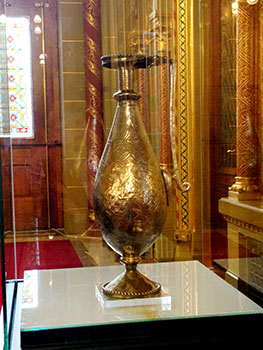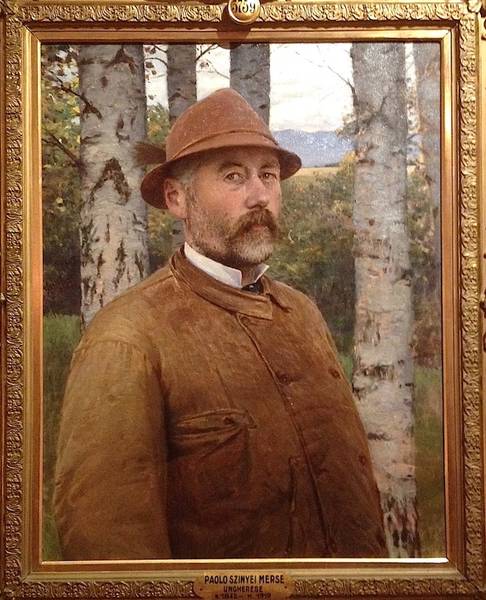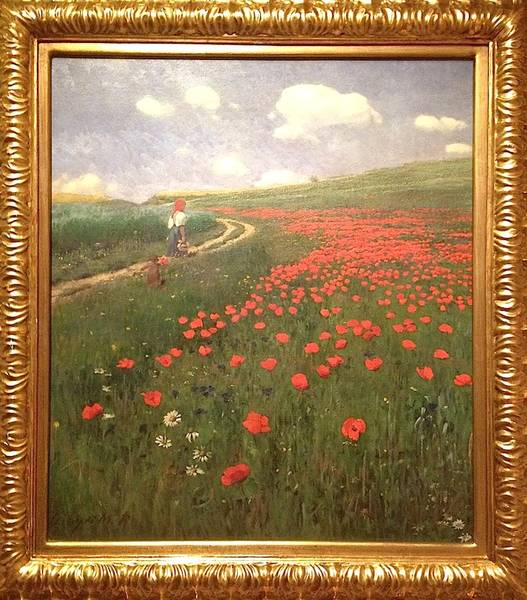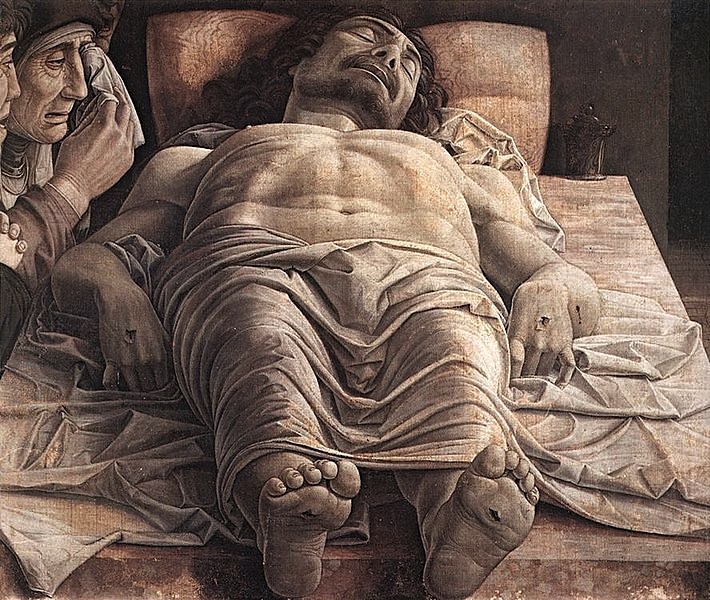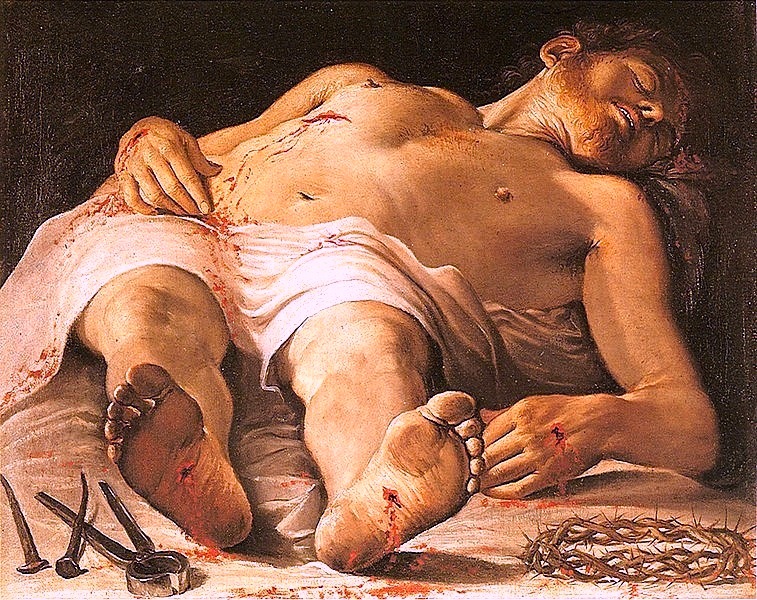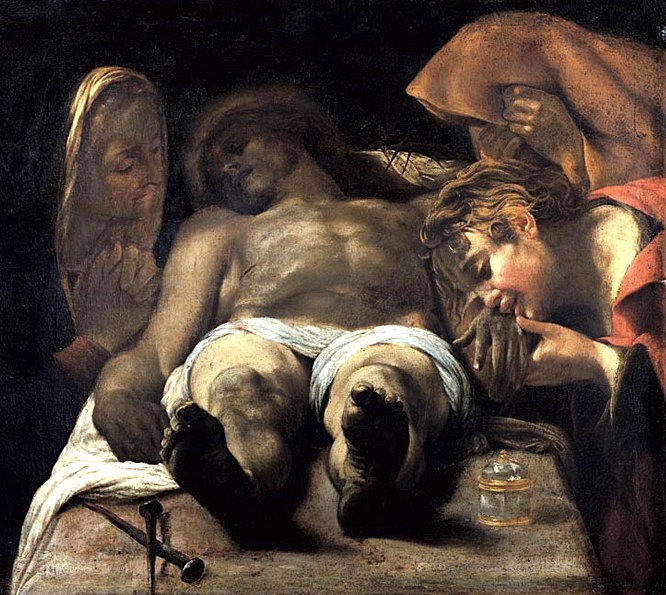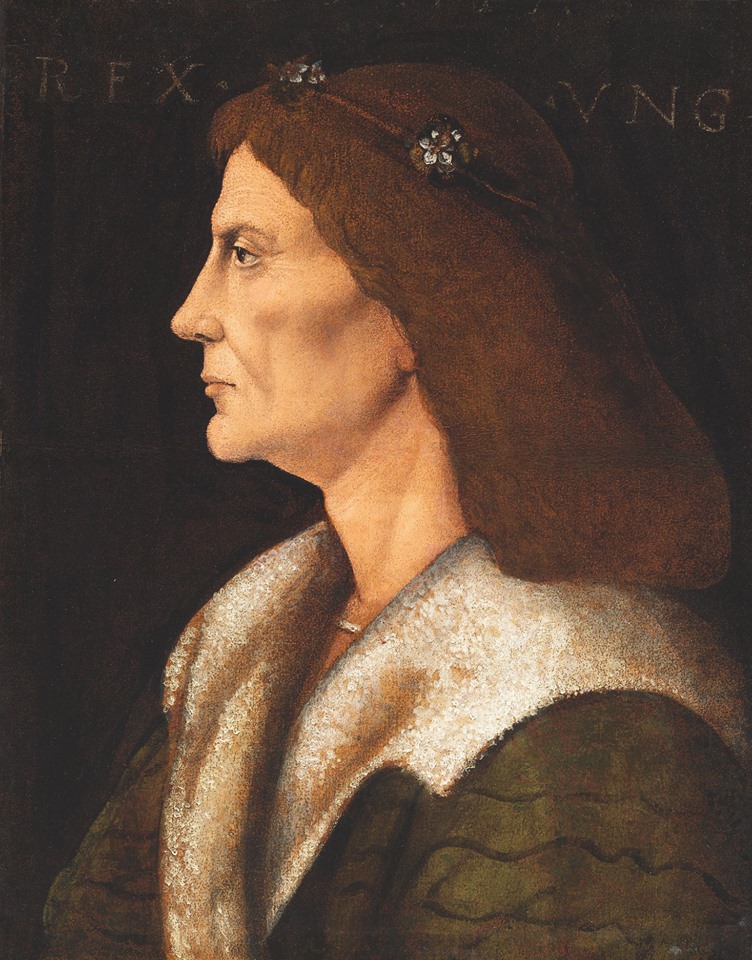“The journey is its own reward” trumpets the on-train information screen on the Austrian Railways (OeBB) Railjet train, but certainly this journey did not get off to an auspicious start. The train was packed. No space to sit … hardly any space to stand, even. Then it transpired that a group of German schoolchildren – about thirty of them – had mixed up their reservation, and were not supposed to be on this train at all. A very flustered teacher finally decided they had better get off the train, two minutes before it was due to leave. General chaos ensued, and the children scrambled around to retrieve luggage and get off the train.
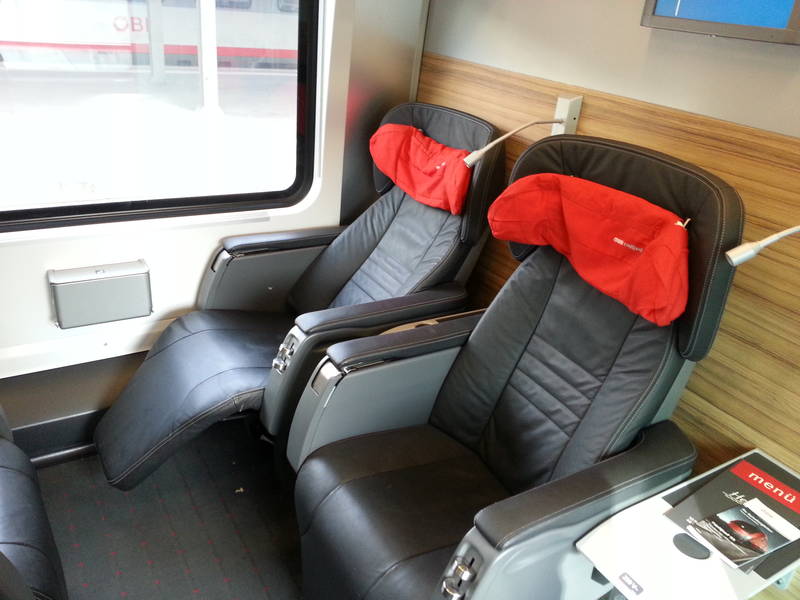
Following this commotion, the train pulls out of Budapest’s Keleti (Eastern) station and things begin to settle down. At this point the train is heading east, in the “wrong” direction for Austria – but it almost immediately swings round to the south, and then to the west, before crossing the Danube and stopping at the suburban station of Kelenfold.
After leaving Budapest proper, the train journeys through rather unremarkable scenery before stopping at the provincial industrial town of Tatabánya. Soon it follows the Danube for a while – the river here forms the border between Hungary and Slovakia – and passes through the town of Komárom, opposite which, on the other side of the river, lies the Slovakian town of Komárno. About 90 minutes after leaving Budapest, the train stops at the regional capital of Győr (Raab in German) – roughly half-way between Budapest and Vienna – and then speeds through the flat north-west Hungarian countryside before arriving at the border station of Hegyeshalom. Years ago Hegyeshalom meant a stop of up to thirty minutes for a change of locomotive and a passport and customs check, but nowadays the stop barely takes a couple of minutes. The Hungarian driver is replaced by his Austrian colleague, who flicks a switch to allow the locomotive to “convert” to the different Austrian power supply, and soon the train is on its way again.
The scenery remains flat through Austria, although hills appear on the horizon both to the north and west. Massive wind turbines loom up on both sides of the line. In the distance, to the right, high-rise apartment buildings reveal the Slovakian capital, Bratislava. Soon the suburbs of Vienna appear, and only a few minutes later the train passes through the new Wien Hauptbahnhof (Central station), which is currently only partly in use and will open to international trains in December 2014. The Railjet instead stops at the suburban station of Meidling, before travelling a further 10 kilometres and turning through 180 degrees to arrive from the west at Vienna’s (current) principal station, the Westbahnhof.
Railjetswere first introduced at the end of 2008 to gradually replace OeBB’s ageing but comfortable Inter-City rolling-stock. The sets are formed of a locomotive plus seven coaches, and they travel in fixed formation, the last coach having a driving cab so the train can be operated in either direction. There are three classes: second class (called “economy”), first class and business class. Business class trumps first class, which may confuse frequent fliers somewhat. A seat in business class costs an extra €15 for any first-class ticket or pass holder, irrespective of the distance travelled. This can be paid on board if there are seats available. Paying extra for the comfortable armchair-style seating in the clubby mini-compartments is well worth it, especially for longer journeys. The supplement includes a welcome drink, although you may have to ask for it if not offered by the attendant.
The Railjets all operate so that the business class and first class sections are nearest the buffers and station entrance at Vienna’s Westbahnhof. This terminus station has only recently been completely renovated with a new shopping centre added, but it will lose its status as Vienna’s principal railway station when the Hauptbahnhof opens fully, since most long-distance trains will stop there instead. This will also allow for an improvement in journey time between Budapest and Salzburg or Munich of about thirty minutes (from December 2015).
On leaving Vienna, the route westwards to Salzburg soon escapes the conurbation; previously it would amble through the attractive hills and woods of the Wienerwald. However, the opening of a new section of high-speed line in 2012 means that, sadly, this is no longer the case – the train now accelerates rapidly and passes through a sequence of tunnels and cuttings; the 15-minute time-saving between Vienna and St Pölten being paltry compensation, some would say, for the loss of the scenic views.
The line from St Pölten onward to Linz has been upgraded in stages in the past few years, but it still mostly follows the route of the old Westbahn, originally opened in 1858 as the “Empress Elisabeth Railway”. There are only a few tunnels to spoil the view as you travel up to a brisk but smooth 230 km/h or so.
Time for a visit to the restaurant car, which is operated by Henry am Zug – an offshoot of Do & Co, the renowned Austrian caterer and restaurateur. The choice of foods is modest, but sandwiches are fresh and other dishes tasty. Pricing is reasonable for a train – a glass of very-drinkable wine with a sandwich costs just over €6, for example – and service, by the mostly Hungarian staff, is prompt and cheerful. Soon the industrial city of Linz is reached, then after passing through Wels the high-speed line ends and on the last stretch of the journey, the 45 minute ride from Attnang-Puchheim to Salzburg, the train meanders pleasantly along river valleys, and briefly passes by the northern shore of the Wallersee as the foothills of the Alps approach.
And so to Austria’s “second” city of Salzburg – in reputation, at least (it is actually fourth in size after Vienna, Graz and Linz). Recently, the station has been extensively rebuilt, but thankfully the grand arched roof has been retained and restored. While the train continues across the border (just outside Salzburg) to Germany, many people alight here, both to visit the city of Mozart and also to connect to trains southbound towards the High Tauern, and westwards towards Innsbruck and beyond.
Travelwise
Railjets ply the Budapest – Vienna – Salzburg – Munich route every two hours during the day. Fares from Budapest to Vienna are reasonably priced if bought from MAV (Hungarian railways): a one-way journey Budapest to Vienna (about 250 km) can be booked in advance for €13 second class, or €29 in first class. These tickets are valid for a specific train, including seat reservation, and are available until the quota for each train runs out.
Otherwise, there is a useful four-day round-trip excursion fare starting from Budapest to Vienna (second class only) for €29. (If you make the outward journey on day one of the ticket’s validity, the return trip has to be made on or before day four). This ticket does not have to be purchased in advance. However, this fare does not include seat reservations – which are not compulsory, and may be purchased separately. For an extra €9, your ticket will include unlimited travel on Vienna’s public transport for the first two days only of the ticket’s validity.
From Budapest to Salzburg there is also a very reasonable four-day round-trip excursion fare (again, second class only) for €39. Since break of journey is allowed with this ticket, it could be used to visit both Vienna and Salzburg within the four days of its validity. Again, seat reservations are not included in the fare.
Buying tickets on the Hungarian railways (MAV) website can be a challenge – there is no proper English version (use an online translator) – and no self-printing facility for international tickets. Tickets have to be collected from internet ticket terminals at main stations in Hungary. Alternatively, Blue Guides recommends buying rail tickets at MAV’s city ticketing office in Budapest on József Attila utca (near the Deák ter metro interchange). Queues are rare and the procedure is generally stress-free; the international ticket office at Keleti station can be crowded.
Note that the same range of tickets is not available in the reverse direction (when starting your journey in Austria) either booked on the OeBB website, or purchased locally in Austria. There are no equivalent excursion tickets, unfortunately, and one-way advance tickets from Vienna to Budapest start from €19 in second class (€29 in first class).
Railjets are often very full – especially on the Hungarian stretch of the journey where they also function as domestic inter-city trains. Booking is always advisable on these services. If you are leaving Budapest without a reservation, get to the station early to bag unreserved places – there is always a certain number of free seats. Otherwise, make your way to the restaurant car, where for roughly the price of a seat reservation, you can enjoy a coffee, beer or glass of wine.
June 2014







